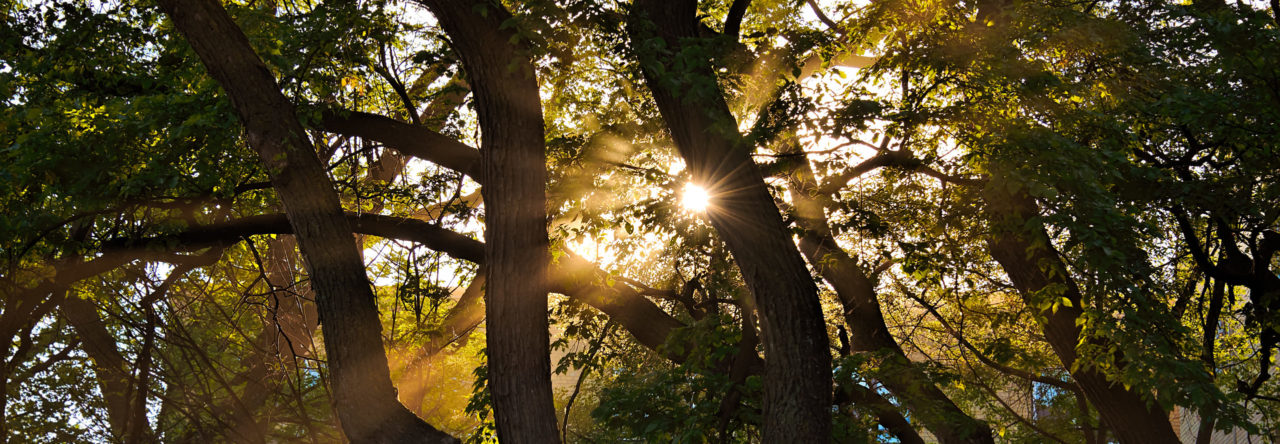The Inspirational Artist Series spotlights some of the artists featured in our issues and anthologies, and who have moved us in specific ways.
Today’s guest is Writer Nonkululeko Nxumalo, whose flash fiction piece will appear in the next issue of the Auroras & Blossoms Creative Literary Journal.
How does a story begin for you? Does it start with an image, a form or a particular theme?
I draw inspiration from events that happened in my life or are currently happening. Other times it would simply be inspiration from other people’s experiences, with a whole lot of fiction.
So for me, a story begins with a certain feeling or just imagining how something must have made that person feel, because ultimately I not only want my readers to imagine the story, but to feel it as well.
Are there any genres you haven’t tried yet but would like to?
Yes, definitely. My genre is more new adult and women’s fiction, but I would love to try my hand at children’s literature.
What is your relationship with your speaking and your written voices?
My speaking voice is very dormant. I write more than I speak. It has always been like that and it will most probably remain that way. 🙂
Have you considered getting other people to read your stories or is it important for you to be the one to perform your work to an audience?
Whether I read my stories to an audience or someone else does it, it doesn’t really matter to me. As long as the story does to people what is intended for it to do.
How important is accessibility of the meaning of your stories? Should we have to work hard to “solve” them and discover their deeper meanings?
I don’t want my stories to be hard to understand or for my readers to rack their brains trying to discover their deeper meanings. It’s very important for my stories to be clear and deep at the same time.
Has your own opinion or idea of what writing is changed since you first started?
I’ve loved writing stories since primary school and it was a hobby I enjoyed so much. When I first started writing, it was easy, because as a kid there’s very little that you pay attention to like grammar, sentence structuring and all the processes that writing involves. Whether your story is one big paragraph with very little commas and full stops, it doesn’t really matter. The story is what matters. When you’re older on the other hand, it’s different. Too many nitty-gritties to consider when you are writing. So yes, my idea of what writing really is has definitely changed since I first started writing.
Anything else you would like to share?
I have recently launched my career as a freelance writer. After years of working a 9 to 5 job, I have finally said yes to my calling. I have been in the freelancing business for less than a year and am still working on getting my work out there. I have an essay that was published on the SolomonStar Online News Portal and am also working on more fiction pieces.
Bio:
Nonkululeko Nxumalo is an emerging writer from South Africa. This undergraduate student aspires to pursue a career in writing. You can also often find her curled up on the couch reading fiction and autobiographies.
Links:
Twitter: https://twitter.com/Nonku_Nxumi
Instagram: https://www.instagram.com/nonku_nxumi/
LinkedIn: https://www.linkedin.com/in/nonkululeko/
Nonkululeko, thank you for answering our questions and supporting Auroras & Blossoms! We know that people will love the flash fiction piece you submitted to us!
Cendrine & David






